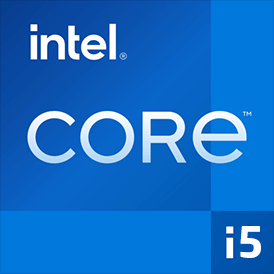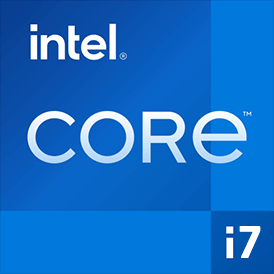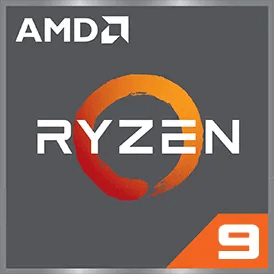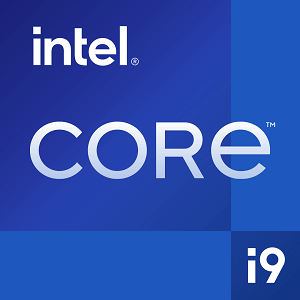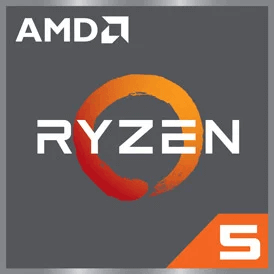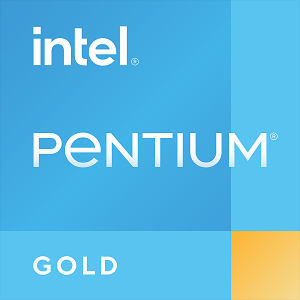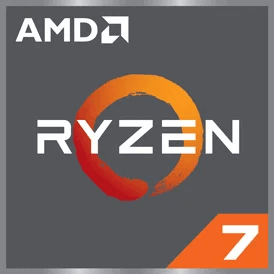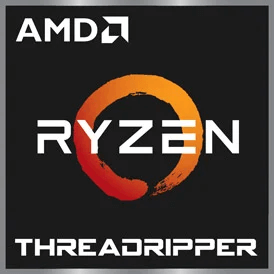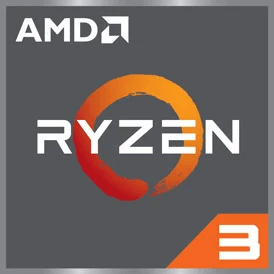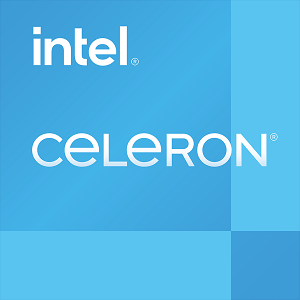Intel Core i5 13500 vs Intel Core i7 10700F
We compared two desktop CPUs: Intel Core i5 13500 with 14 cores 2.5GHz and Intel Core i7 10700F with 8 cores 2.9GHz . You will find out which processor performs better in benchmark tests, key specifications, power consumption and more.
Main Differences
Intel Core i5 13500 's Advantages
Released 2 years and 8 months late
Integrated graphics card
Higher specification of memory (4800 vs 2933)
Larger memory bandwidth (89.6GB/s vs 45.8GB/s)
Newer PCIe version (5.0 vs 3.0)
Larger L3 cache size (24MB vs 16MB)
More modern manufacturing process (10nm vs 14nm)
Intel Core i7 10700F 's Advantages
Higher base frequency (2.9GHz vs 2.5GHz)
Score
Benchmark
Cinebench R23 Single Core
Intel Core i5 13500
+50%
1877
Intel Core i7 10700F
1249
Cinebench R23 Multi Core
Intel Core i5 13500
+73%
21093
Intel Core i7 10700F
12149
Geekbench 6 Single Core
Intel Core i5 13500
+41%
2277
Intel Core i7 10700F
1608
Geekbench 6 Multi Core
Intel Core i5 13500
7898
Intel Core i7 10700F
+2%
8118
Blender
Intel Core i5 13500
+60%
272
Intel Core i7 10700F
169
Geekbench 5 Single Core
Intel Core i5 13500
+51%
1835
Intel Core i7 10700F
1213
Geekbench 5 Multi Core
Intel Core i5 13500
+61%
12912
Intel Core i7 10700F
8003
Passmark CPU Single Core
Intel Core i5 13500
+36%
3945
Intel Core i7 10700F
2890
Passmark CPU Multi Core
Intel Core i5 13500
+91%
32278
Intel Core i7 10700F
16898
General Parameters
Jan 2023
Release Date
May 2020
Intel
Manufacturer
Intel
Desktop
Type
Desktop
x86-64
Instruction Set
x86-64
Raptor Lake
Core Architecture
Comet Lake
i5-13500
Processor Number
i7-10700F
LGA-1700
Socket
LGA-1200
UHD Graphics 770
Integrated Graphics
N/A
Package
10 nm
Manufacturing Process
14 nm
65 W
Power Consumption
65 W
154 W
Max Turbo Power Consumption
-
100°C
Peak Operating Temperature
100 °C
CPU Performance
6
Performance Cores
8
12
Performance Core Threads
16
2.5 GHz
Performance Core Base Frequency
2.9 GHz
4.8 GHz
Performance Core Turbo Frequency
4.8 GHz
8
Efficiency Cores
-
8
Efficiency Core Threads
-
1.8 GHz
Efficiency Core Base Frequency
-
3.5 GHz
Efficiency Core Turbo Frequency
-
14
Total Core Count
8
20
Total Thread Count
16
100 MHz
Bus Frequency
100 MHz
25x
Multiplier
29x
80 K per core
L1 Cache
64 K per core
1280 K per core
L2 Cache
256 K per core
24 MB shared
L3 Cache
16 MB shared
No
Unlocked Multiplier
No
Memory Parameters
DDR5-4800, DDR4-3200
Memory Types
DDR4-2933
128 GB
Max Memory Size
128 GB
2
Max Memory Channels
2
89.6 GB/s
Max Memory Bandwidth
45.8 GB/s
-
ECC Memory Support
No
Graphics Card Parameters
true
Integrated Graphics
-
300 MHz
GPU Base Frequency
-
1450 MHz
GPU Max Dynamic Frequency
-
256
Shader Units
-
16
Texture Units
-
8
Raster Operation Units
-
32
Execution Units
-
15 W
Power Consumption
-
0.78 TFLOPS
Graphics Performance
-
